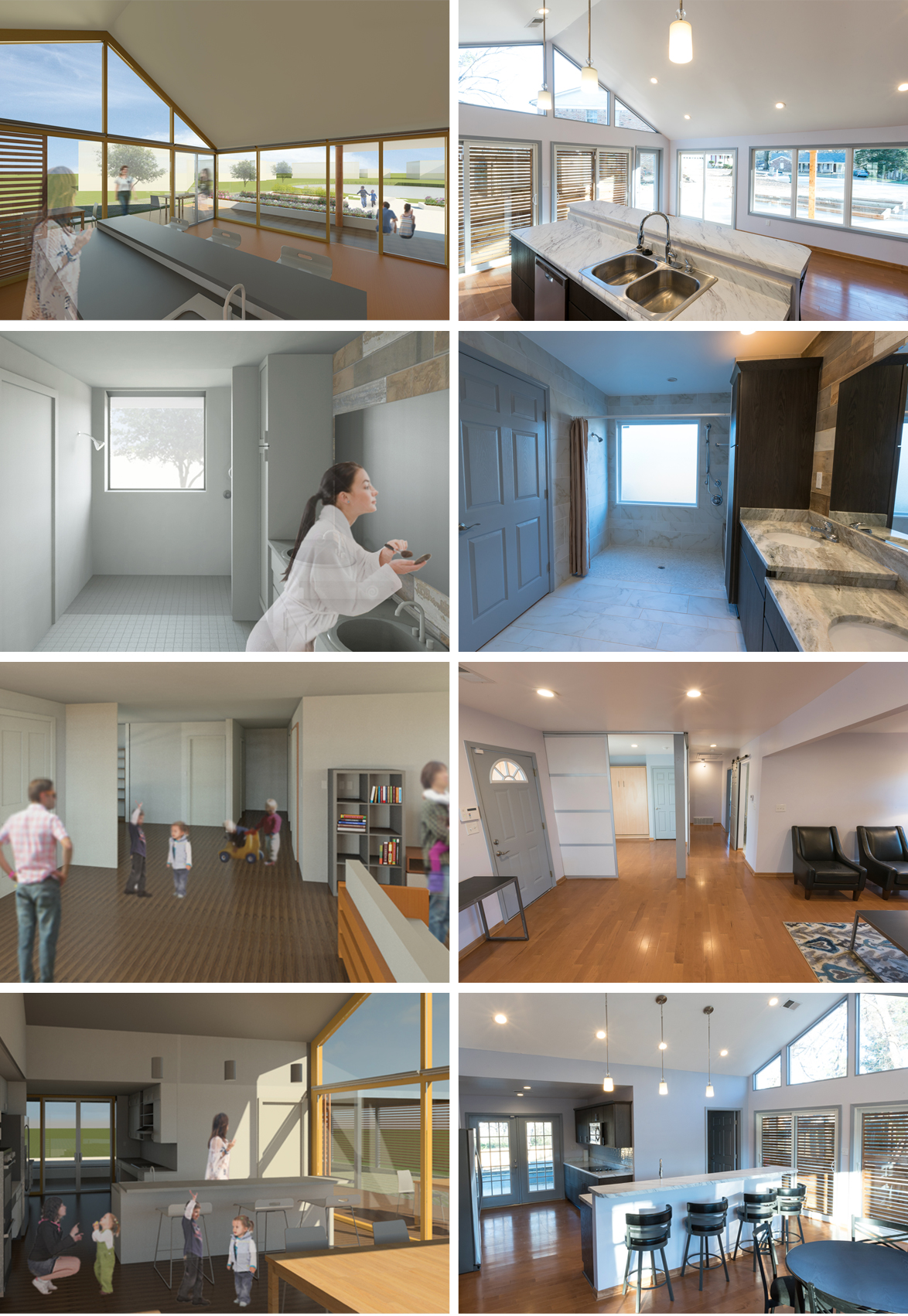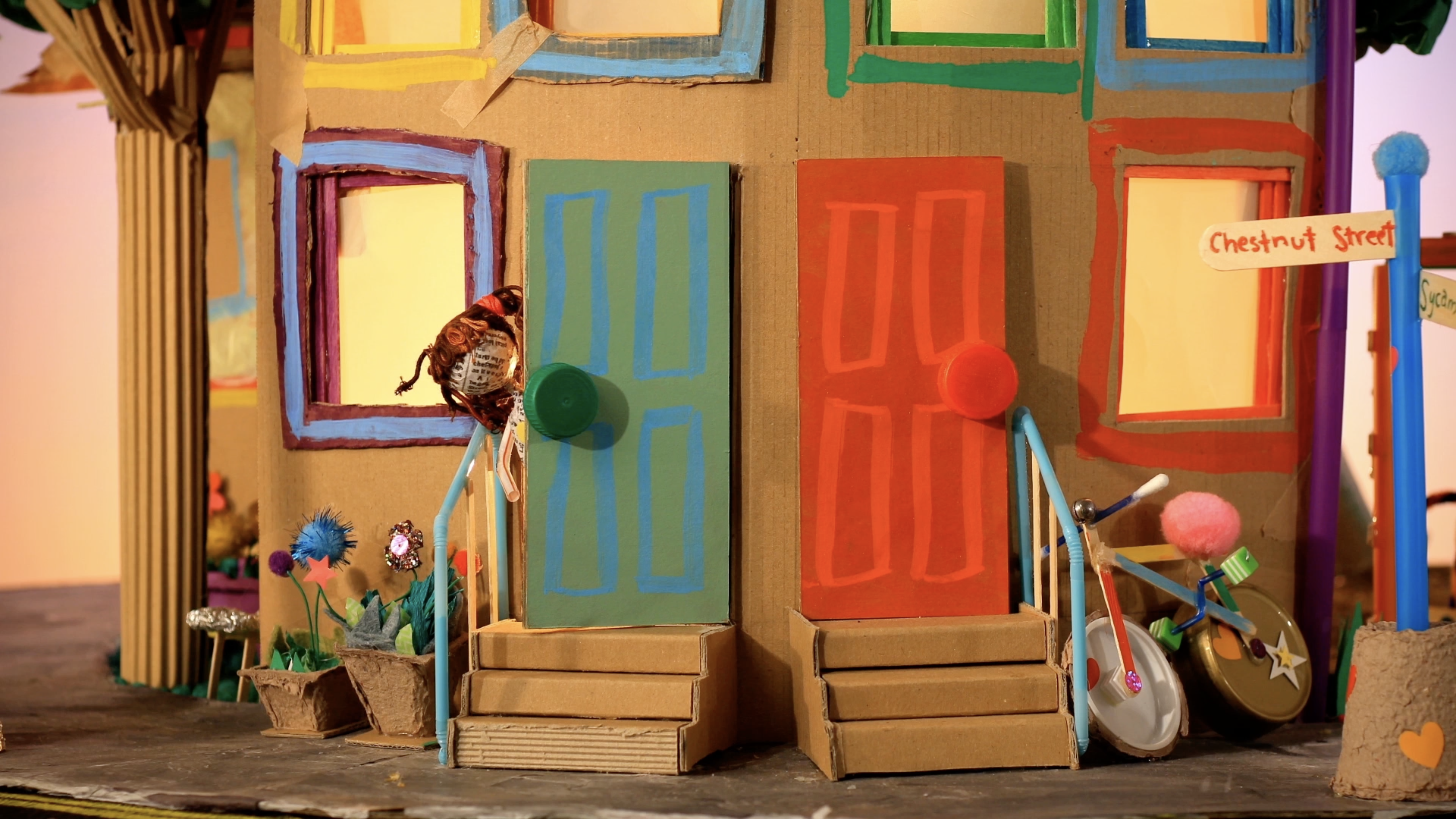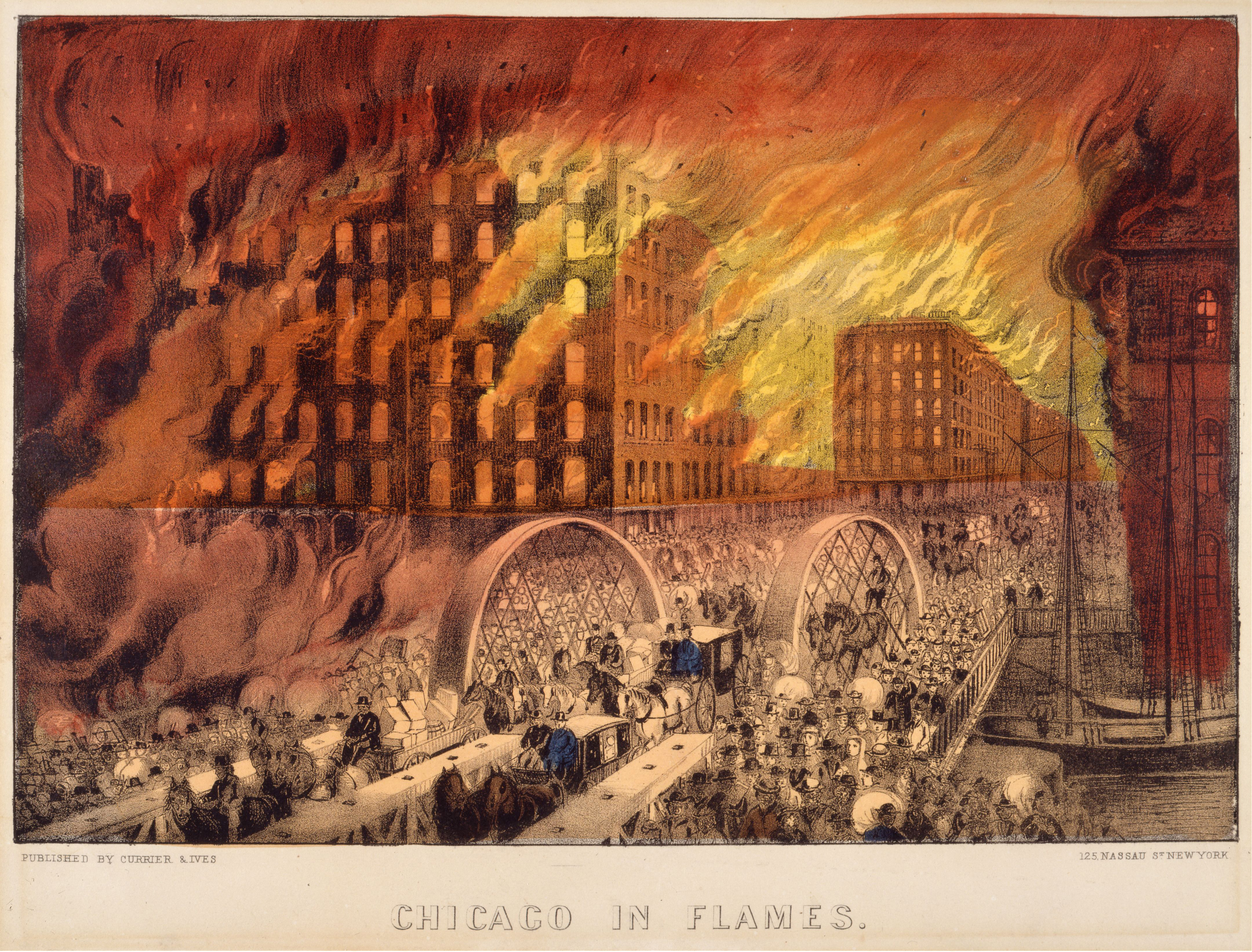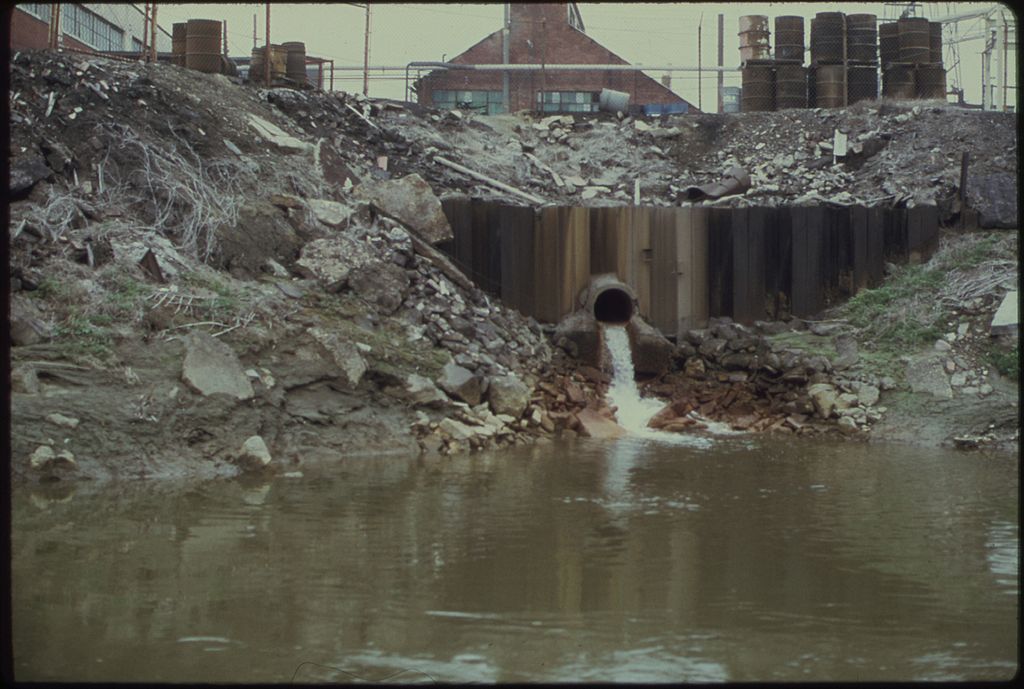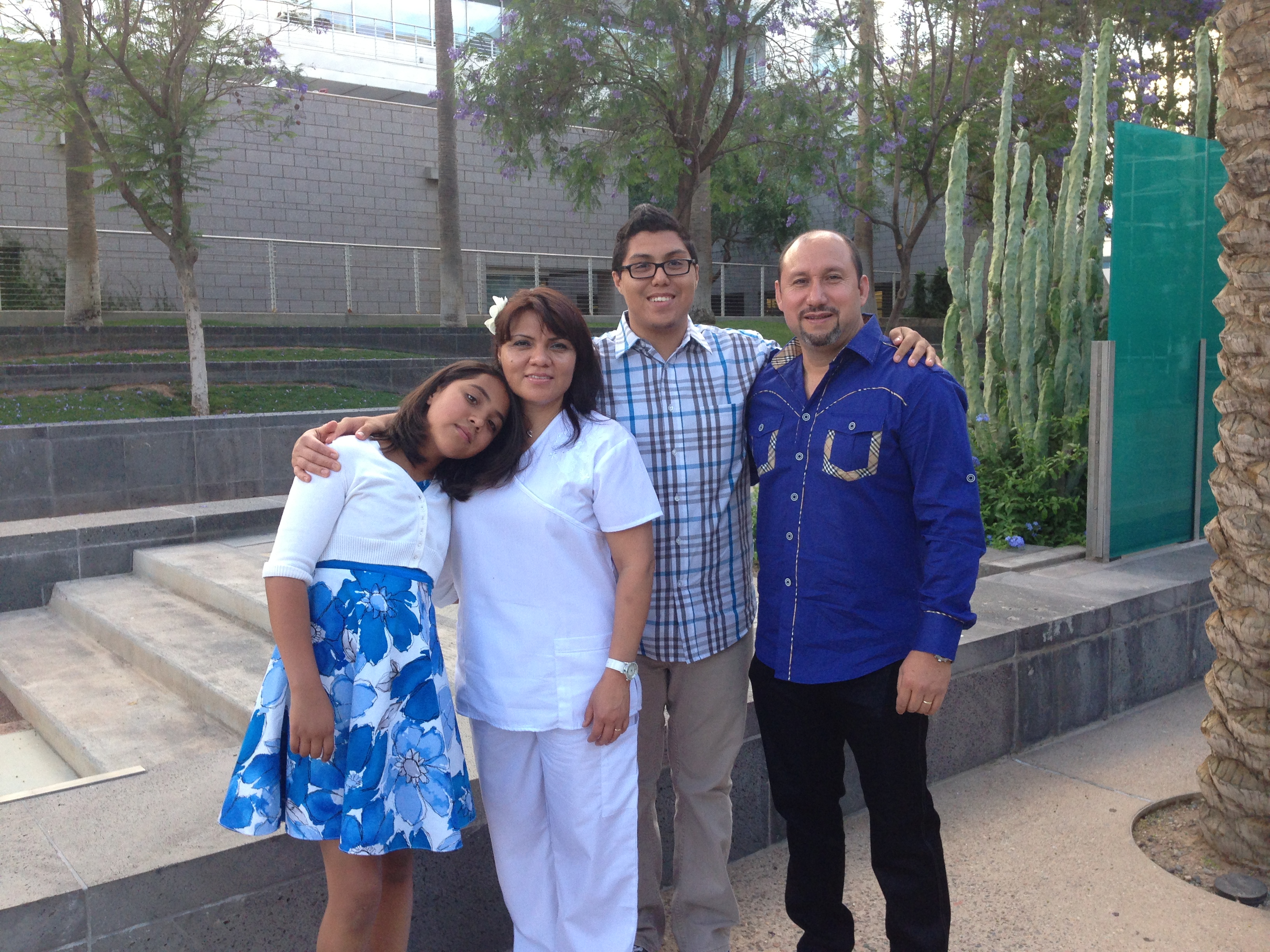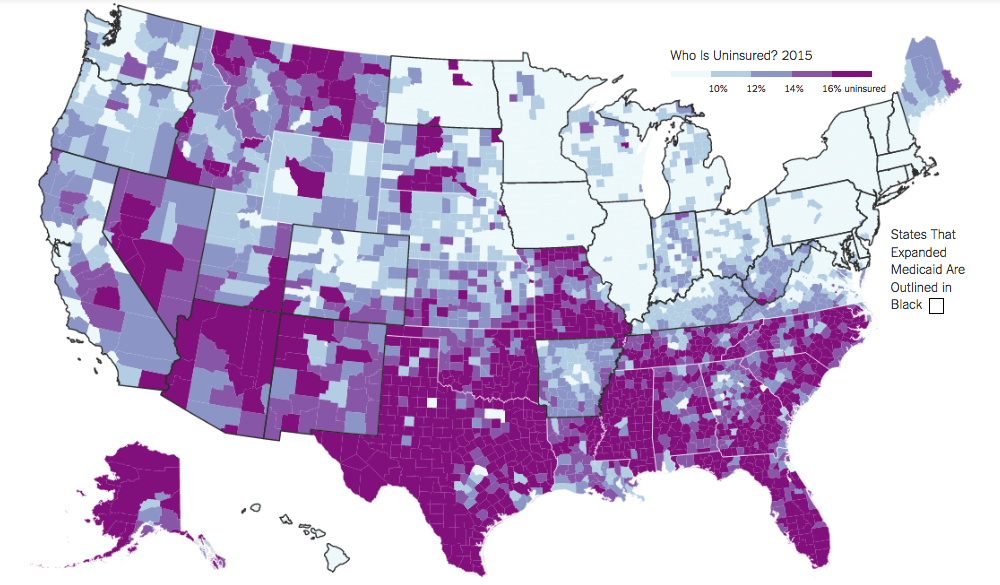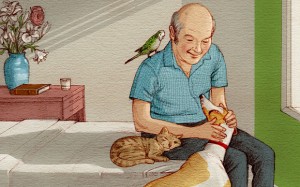How can a small, tired house be remodeled to provide for a family of all ages is a question many people face but few people know how to make a reality.
That’s because while this approach towards improving the functionality of a home while maintaining its appeal is known as universal design (UD) and much attention is justifiably paid to including UD features in new home construction, many people don’t know they can do some simple things to make their home more ageless. It is true that in new homes, the added cost is minimal and the integrated UD features accommodate almost any home style. But we can’t rely exclusively on building our way into better homes for our 21st Century demographic. There are so many old fashioned existing homes in the US, we need to address how remodeling can play a role in upgrading the function of already-built housing.
The Home Today, Home Tomorrow Design Challenge home, in Memphis TN provided a number of solutions to this challenge. While few of us can attempt a total home remodel (all at once, at least), there are many individual features that are within most of our means. And over time many of us can address one home feature after another until cumulatively, we may have created a much more livable home that can serve our family and friends throughout all of life’s changes. Read on below, and also check out other interesting features and designs highlighted in the Challenge’s Toolkit.

The interior and exterior functional improvements to the home are fully integrated. Most of them would never be noticed as conveniences, just nice elements.
The front of the house features seamlessly integrated elements of universal design. A key UD component of any home is at least one step-free route into the house. Our Design Challenge home has step-free routes to three entry doors as well as a route from the driveway, to the backyard and back patio! Someone can walk or roll from the driveway to the front and side decks. Gardeners can reach the raised planters easily. The front entrance is level with the first floor and is protected from the elements by the porch roof. So, the family is protected from sun, rain, or snow when entering or exiting.

The rear patio continues the level deck, the step free entrances, the protected entries, and the raised bed planters that reduce bending and stretching when tending the plants.
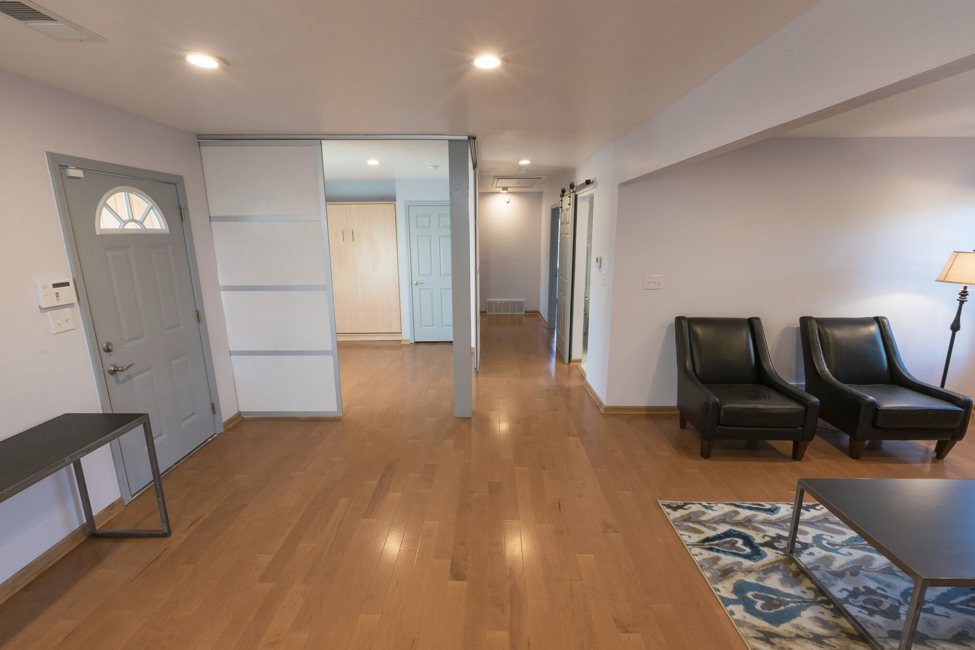
In the now opened-up interior, the entry flows into the living room of the home with wider hallways and doorways as well, allowing the free movement of people. All floors are hard surfaces that are easy to clean, and easy to walk or roll across. Area rugs such as that seen in this image can always be added or removed as needed.
As we look across the entryway on the left we see a multipurpose room with multi-height storage and a murphy bed behind the wood double doors. Moveable walls can be selectively opened and closed with minimal effort. With the walls closed, the room can be used as a bedroom or guest room. When opened, as in this image, it can be used as semi-private space for sitting, reading or for home work. Open walls also allow for visual connection into and out of the room, for instance a real benefit if someone has to remain in bed for long periods. Higher electrical outlets and lower light switches in the house suit all heights of occupants in the home. Finally, lever door handles make opening the doors simple, even if your hands are full.
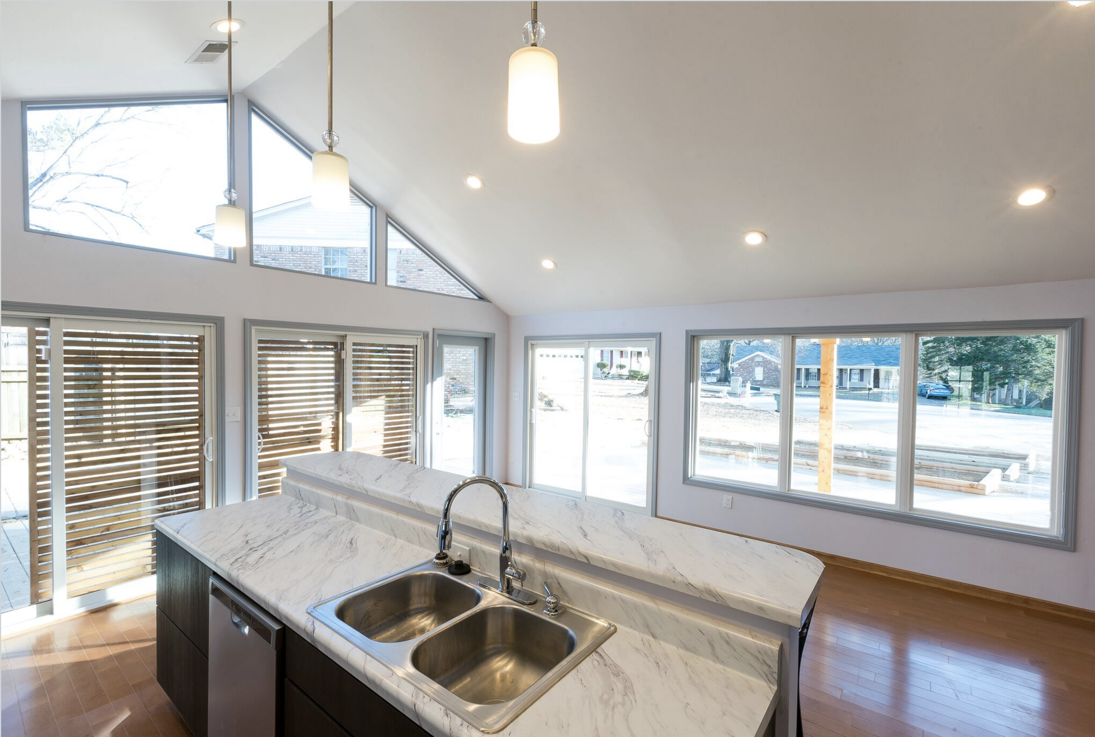
Adequate lighting is an important universal design feature, especially in the kitchen preparing food in the kitchen. This home’s mix of natural, recessed, pendant, and under-wall cabinet lighting ensures that occupants of any age will have the light they need. Adjustable window covers ensure that over-lighting and glare is minimized. Multi height work surfaces allow for people of different heights to enjoy working and relaxing in the kitchen. Lever handle hardware on the kitchen sink allow users ease of use.
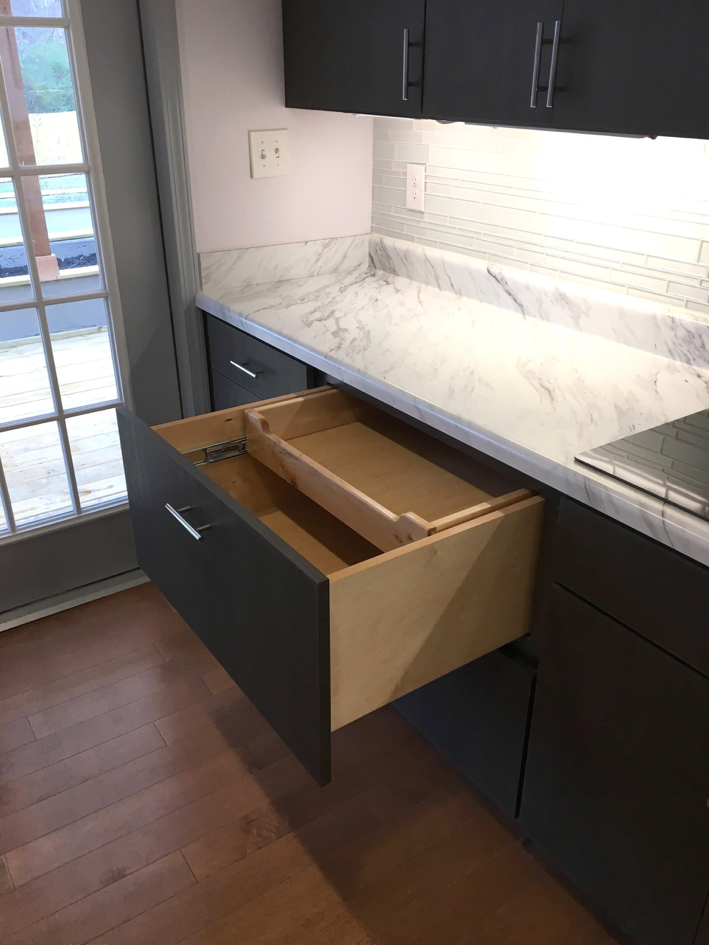
Pull out shelves and multi-level drawers in the kitchen base cabinets bring storage to the user. This ease of access reduces bending and reaching to get stored items. Items can also be more easily seen.
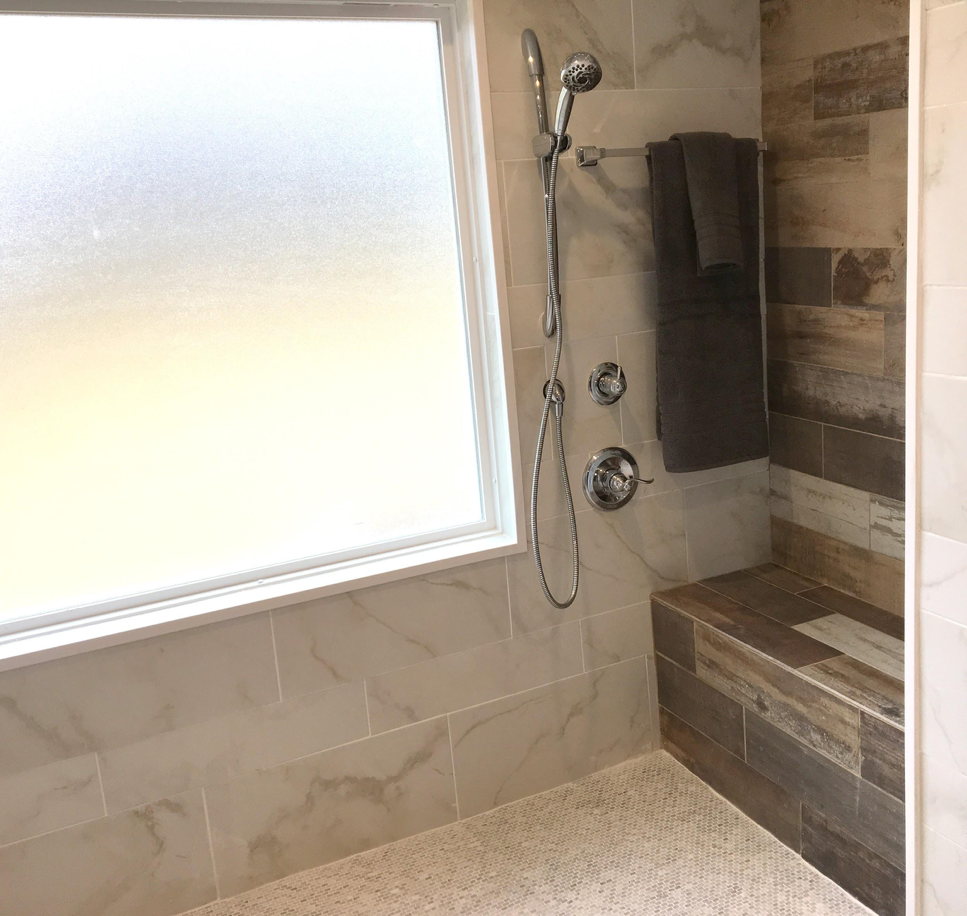
A useful feature of a universally designed home is a curbless shower, a shower floor that is level with the floor of the bathroom. The shower in this home has a large frosted glass window, which provides even natural light to the whole bathroom. The adjustable shower head allows use by tall or short users. The shower seat can be used for sitting or just resting a foot on for washing or shaving. Not seen is the blocking behind the walls for easy installation of grab bars later, if needed.
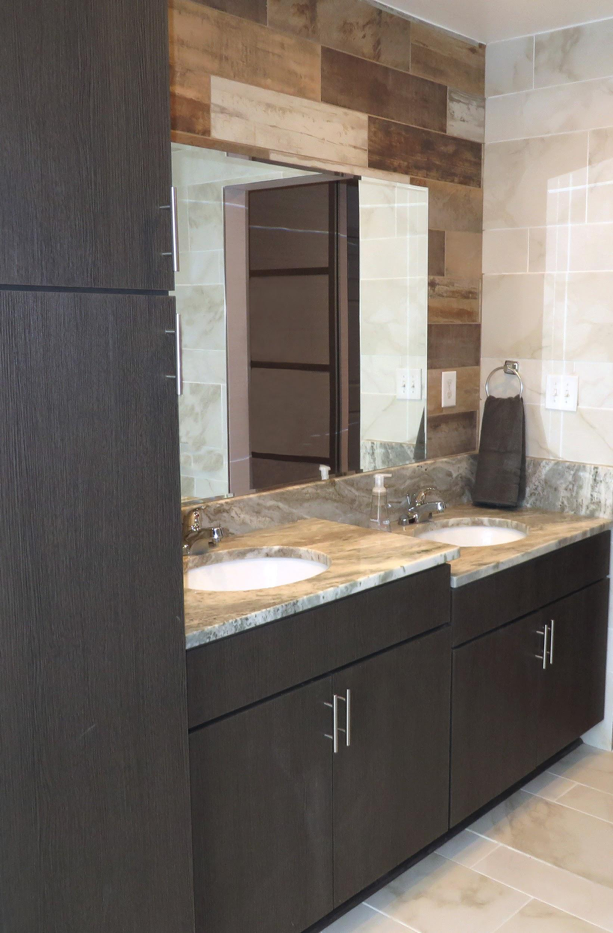
With just one full bathroom in the house, a two-height vanity accommodates tall and shorter family members. A hidden feature that some families may like is that the lower base cabinet can be removed for seated users. Both sinks feature lever hardware for easy operation.

 TWEET THIS
TWEET THIS